100 Things To Declutter Challenge
The Creep of Clutter
I’ve always prided myself on being organized. But life has a way of sneaking up on you, right? Between my husband and I juggling full-time jobs, family responsibilities, and a side business, we found ourselves in a situation we never expected: our once-tidy home had slowly succumbed to clutter.
Finding Motivation
Normally, I’m a fan of the slow and steady approach to decluttering, tackling one room at a time. But with our busy schedules, we needed a motivational boost to kickstart our journey back to an organized home. That’s when we decided to try the 100 Things to Declutter Challenge.
The Challenge Begins
The concept was simple: Identify and remove 100 items we no longer needed, used, or loved from our home. It sounded like a manageable way to significantly improve our cluttered space without feeling overwhelmed.
After a quick family breakfast one Saturday morning, we set out on our decluttering mission. We turned it into a friendly competition to see who could declutter the most items by the end of the day. Armed with trash bags and donation boxes, we went room by room, sorting through our belongings and letting go of the excess.
Surprising Results
To our surprise, the process was much easier and more enjoyable than we had anticipated. By the end of the day, we had each removed well over 100 things from our home. Our closets looked neater, our drawers closed more easily, and our living spaces felt more open and inviting.
Sharing Our Journey
Our experience with the 100 Things to Declutter Challenge inspired me to share our journey with others who might find themselves in a similar situation. In this article, I’ll walk you through the steps we took to complete the challenge, offer practical tips and strategies for deciding what to keep or discard, and share insights on maintaining a clutter-free home even with a busy lifestyle.
Whether you’re a naturally organized person who’s fallen off track or someone just starting their decluttering journey, I invite you to join me on this adventure. Together, we’ll discover how a simple challenge can help us regain control of our spaces and embrace a more intentional way of living.
Getting Started
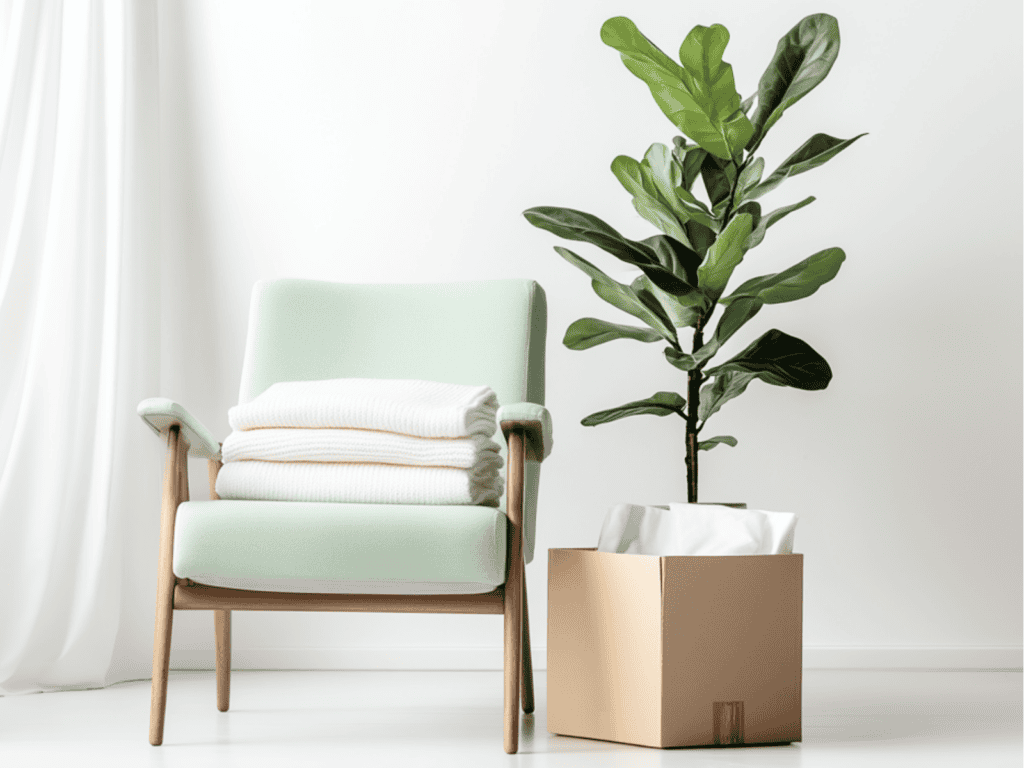
Setting yourself up for success is essential before tackling the 100 Things to Declutter Challenge. By establishing clear goals, creating a plan of action, and gathering the necessary supplies, you’ll be well-prepared to tackle the challenge head-on.
Setting Your Decluttering Goal
The first step is to set a realistic decluttering goal based on the size of your space. If you live in a small apartment, aiming to declutter 100 items might be challenging but achievable. However, if you have a larger home, you may want to increase your goal to 150 or even 200 items. The key is to choose a goal that feels challenging but attainable so you stay motivated throughout the process.
Creating a Plan of Action
Once you’ve set your goal, it’s time to create a plan of action. Focus on one room or area at a time to break the challenge down into manageable tasks. Create a timeline for completing each space, and consider tackling the most cluttered areas first to build momentum.
Here are some tips for creating an effective plan:
Gathering Necessary Supplies
Before starting the challenge, gather essential supplies to make the decluttering process smoother and more organized. Here are some items you may need:
With your goals set, a plan in place, and supplies at the ready, you’ll be well-equipped to start your challenge. Remember, the key to success is to stay focused, stay positive, and celebrate your progress along the way.
Decluttering Room by Room
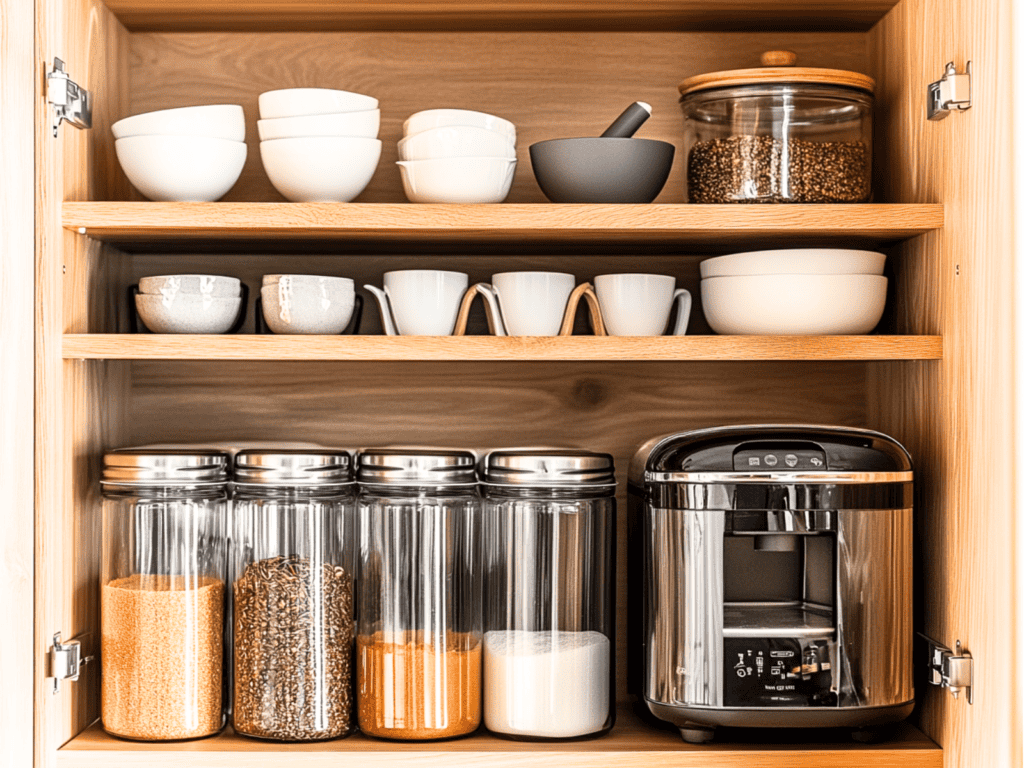
Now that you’re prepared with a goal, a plan, and the necessary supplies, it’s time to start decluttering. We’ll tackle the challenge room by room, focusing on common clutter culprits.
Living Room
The living room is often the hub of the home, making it a magnet for clutter. Focus on removing items like:
- Old magazines and newspapers: Recycle or donate any that you haven’t read in the past month.
- Unused electronic devices or cords: Gather up old remotes, tangled cords, and obsolete electronics. Properly recycle or dispose of them.
- Decorative items that no longer spark joy: If you don’t love it, let it go! Donate or sell items that no longer fit your style.
- Outdated or worn-out throw pillows and blankets: Replace faded or worn-out items with new ones.
- Books you’ve already read or won’t read: Donate or sell books you no longer need. To save space, consider e-books or library loans.
- Donate no longer used toys and games: These should be age-appropriate and played with.
- DVDs and CDs: If you’ve moved to streaming services, consider removing physical media.
- Knick-knacks and souvenirs: Be honest about which items truly add value to your space.
- Anything that doesn’t belong in the living room: Return items to their proper places throughout the house.
- Under furniture clutter: Don’t forget to declutter items hiding under sofas and chairs.
Kitchen
The kitchen is another clutter hotspot, with gadgets, utensils, and pantry items accumulating over time. Consider decluttering:
- Duplicate or rarely used utensils and gadgets: Be honest about which tools you actually use regularly. Donate or discard extras.
- Expired pantry items or spices: Check expiration dates and toss anything past its prime in the pantry.
- Chipped or mismatched dishes and glassware: Get rid of anything chipped, cracked, or you don’t like.
- Plastic containers without lids or lids without containers: Match up sets and recycle any stragglers.
- Old or stained kitchen towels and dishcloths: Replace worn-out linens with fresh ones.
- Cookbooks you never use: Donate or sell cookbooks that are collecting dust. Many recipes are available online.
- Appliances you rarely or never use: Consider selling or donating them if they take up counter space.
- Excess mugs, cups, and water bottles: Pare down your collection to what you actually use.
- Single-use plastic bags and takeout containers: Recycle as much as possible and switch to reusable alternatives.
- Cleaning supplies you don’t use: Keep only your essential cleaning products.
- Under the sink clutter: Clean out and organize the space under your kitchen sink.
Want even MORE kitchen decluttering inspiration? Check out this comprehensive guide: 121 Things to Declutter In Your Kitchen: The Complete Guide
Bedroom
Your bedroom should be a peaceful retreat, but clutter can disrupt that sense of calm. Focus on removing:
- Clothing that no longer fits, is worn out, or hasn’t been worn in a year: Be honest with yourself! If you haven’t worn it in a year, you probably won’t.
- Extra bedding sets or rarely used pillows: Keep only what you need for your bed and guests.
- Jewelry or accessories you no longer wear: Donate, sell, or repurpose old jewelry.
- Books you’ve already read or don’t plan to read: Donate or sell books you no longer need.
- Old magazines or catalogs: Recycle anything outdated.
- Expired makeup and skincare products: Check expiration dates and toss anything old.
- Unused perfume or cologne: Let it go if you don’t love it.
- Hair accessories you no longer use: Remove broken or unwanted hair ties, clips, and headbands.
- Old or worn-out towels: Remove and replace with fresh, new towels.
- Knick-knacks and souvenirs: Keep only the items that truly bring you joy.
- Items stored under the bed: This space often becomes a catch-all. Declutter and organize what’s underneath.
- Anything that doesn’t belong in the bedroom: Return items to their proper places throughout the house.
- Nightstand clutter: Clear off surfaces and only keep essential items.
- Old electronics and chargers: Properly recycle or dispose of any unused or broken electronics.
- Gifts you don’t like or use: Don’t feel obligated to keep gifts you don’t like.
Bathroom
Bathrooms can quickly become cluttered with toiletries, medications, and linens. Consider discarding:
- Expired medications or toiletries: Check expiration dates and dispose of old items properly.
- Worn-out towels or washcloths: Replace with fresh, new linens.
- Duplicate or rarely used hair styling tools: Donate or discard any tools you don’t use regularly.
- Cosmetics that are past their prime or no longer used: Old makeup can harbor bacteria. Toss anything expired or unused.
- Sample size toiletries: Use them up or let them go. They often contribute to clutter.
- Old nail polish: If it’s dried up or you no longer use the color, it’s time to say goodbye.
- Hair products you don’t use: Be honest about what you actually use on your hair.
- Extra bars of soap: Consolidate or use them up.
- First aid supplies that are expired or no longer needed: Check your first aid kit and restock as needed.
Home Office
Home offices can be a breeding ground for paper clutter and outdated electronics. Focus on removing:
- Old paperwork, bills, or receipts that are no longer needed: Shred or recycle anything you don’t need to keep for tax or legal purposes.
- Broken or outdated electronic devices: Responsibly recycle old computers, printers, phones, etc.
- Pens that no longer work or excess office supplies: Keep only the pens and supplies you actually use.
- Unused or outdated software or computer accessories: Uninstall old programs and recycle outdated accessories.
- Old manuals and instruction booklets: Most of this information can be found online now.
- Dried-up glue, markers, or art supplies: Toss anything that no longer works.
- Worn-out or stained desk accessories: Replace old mousepads, desk organizers, etc.
- Business cards you no longer need: Digitize contact information and recycle the cards.
- Expired warranties or product registrations: Shred and recycle.
- Old calendars or planners: Recycle old planners and calendars.
- Books you’ve already read or won’t read: Donate or sell books you no longer need.
- Magazines and catalogs: Recycle anything outdated.
- Cords and chargers for devices you no longer own: Recycle these properly.
- Anything that doesn’t belong in the home office: Return items to their proper places.
- Junk drawer clutter: Everyone has one! Clean it out and organize what’s left.
Storage Area (Garage, Attic, or Basement)
Storage areas often become catchalls for items we no longer use but are hesitant to discard. Consider removing:
- Broken or unused tools and equipment: If they’re broken and you haven’t fixed them, it’s probably time to let them go. Donate or recycle what you can.
- Outdated holiday decorations: Be honest. Are you really going to use those faded decorations from the 90s?
- Unused sporting goods or exercise equipment: If you haven’t used it in a year, it’s likely time to sell or donate it.
- Old paint cans or home improvement supplies: Properly dispose of old paint and any supplies from long-past projects.
- Empty boxes and packing materials: Break down and recycle cardboard boxes. Keep only what you realistically need.
- Duplicate or broken gardening tools: Keep your garden tools organized and toss any duplicates or broken items.
- Old toys and games: Donate or sell toys and games that are no longer used.
- Outgrown children’s clothes and items: Donate or pass down items your children have outgrown.
- Unused furniture: Consider selling or donating it if it’s just collecting dust.
- Old appliances: Responsibly recycle old refrigerators, washing machines, etc.
- Building materials from old projects: If you won’t use those leftover tiles or scraps of wood, get rid of them.
Kids’ Room
Encourage your children to participate in the decluttering process by focusing on items like:
- Toys they’ve outgrown or no longer play with: Donate gently used toys to give them a second life.
- Clothing that no longer fits or is worn out: Declutter clothes and pass them down to younger siblings or donate them.
- Artwork or school papers that are no longer treasured: Take photos of special artwork and create a digital keepsake.
- Duplicate or rarely used books or games: Donate books and games to make room for new favorites.
- Stuffed animals they no longer play with: Keep the favorites and donate the rest.
- Broken or missing parts toys: If it can’t be fixed or the parts are missing, it’s time to say goodbye.
Laundry Room
The laundry room can become cluttered with excess supplies and rarely used items. Consider decluttering:
- Empty laundry detergent or fabric softener bottles
- Worn-out or stained cleaning cloths or rags
- Excess or rarely used laundry baskets or hampers
- Cleaning supplies that are no longer effective or needed
By focusing on these specific areas and items, you’ll be well on your way to removing 81 items from your home and making significant progress in your 100 Things to Declutter Challenge.
Additional Spaces to Declutter
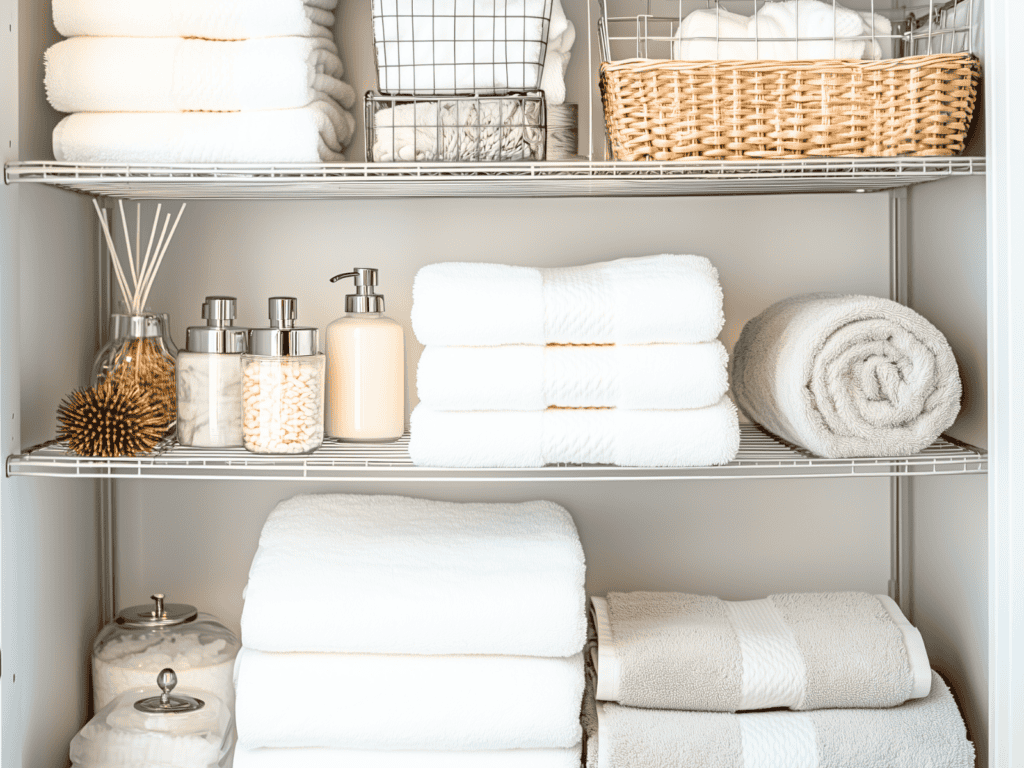
Now that we’ve tackled the main living areas, it’s time to focus on some often-overlooked spaces that can accumulate clutter. By addressing these additional areas, you’ll be able to reach your goal of removing 100 items from your home.
Linen Closet
Linen closets can quickly become overcrowded with old or rarely used items. Focus on removing:
- Mismatched or worn-out sheet sets
- Frayed or stained towels or washcloths
- Excess or outdated toiletries or cleaning supplies
- Old or rarely used blankets or comforters
Junk Drawer
Almost every home has a junk drawer filled with a hodgepodge of items. To declutter this space:
- Empty the drawer completely and sort items into categories (e.g., office supplies, tools, electronics)
- Discard any broken, expired, or unused items
- Relocate items that belong elsewhere in your home
- Use drawer organizers to create designated spots for the remaining items
- Establish a system for regularly sorting and purging the drawer to prevent future clutter
Computer
Digital clutter can be just as overwhelming as physical clutter. To streamline your digital space:
- Delete old files and documents that are no longer needed
- Organize remaining files into clearly labeled folders
- Unsubscribe from email lists or newsletters that you no longer read
- Remove unused apps or programs from your computer
- Consolidate similar files or folders to simplify your digital organization
Car
Our cars can quickly become cluttered with unnecessary items. To declutter your vehicle:
- Remove any trash, including old receipts, wrappers, or empty bottles
- Take out any items that don’t belong in the car, such as clothes, books, or sports equipment
- Organize the glove compartment, removing expired documents or rarely used items
- Declutter the trunk, removing any unused or broken items
- Invest in organizers for the console, backseat, or trunk to keep the remaining items tidy
By tackling these additional spaces, you’ll have successfully completed the 100 Things to Declutter Challenge. Remember, the goal is to remove items and create systems and habits that will help you maintain a clutter-free space in the future.
Deciding What to Keep, Donate, or Discard
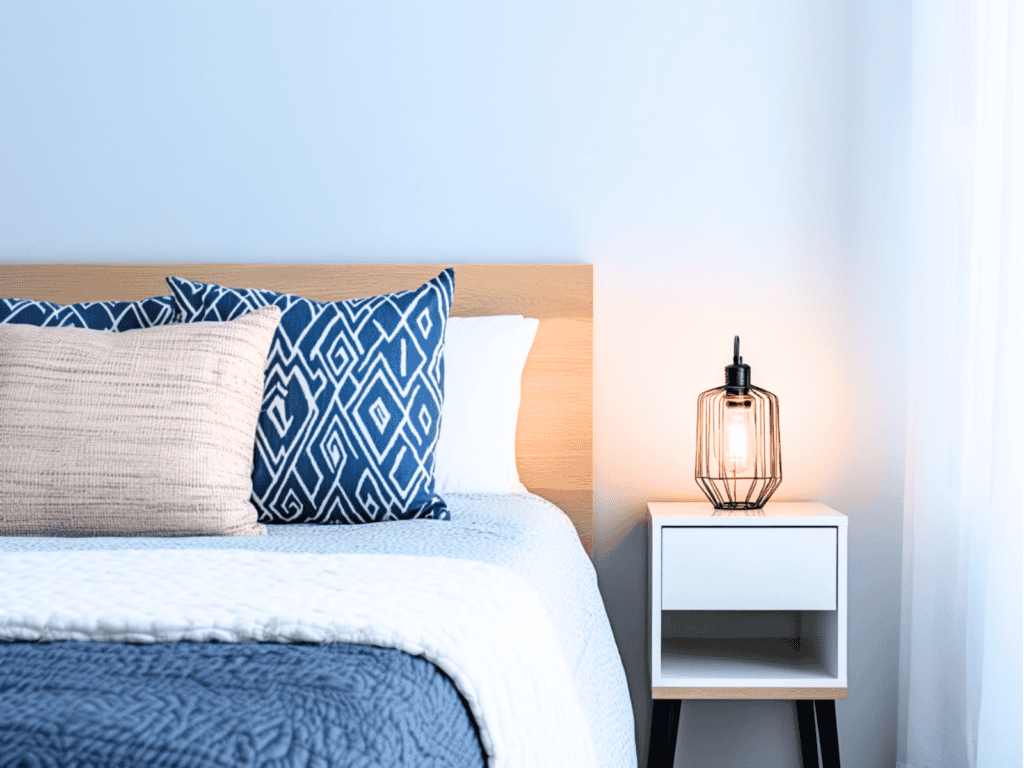
As you work through the challenge, you’ll need to make decisions about each item you encounter. This process can be challenging, especially when dealing with sentimental items or things you’ve held onto for a long time.
Questions to Ask Yourself
When deciding whether to keep, donate, or discard an item, ask yourself the following questions:
Dealing with Sentimental Items
Sentimental items can be the most challenging to declutter. Here are some strategies for handling these emotional attachments:
Discarding Items
As you work through the challenge, you may come across items that you no longer need but are still in good condition. Instead of throwing them away, consider hosting a clothing swap with friends or donating to local charities. If you’re interested in organizing a swap, check out our guide “How to Host a Successful Clothing Swap (And Finally Clear Your Closet)” for everything you need to know. For other items, our post “Where To Donate Stuff: Your Ultimate Guide To Declutter & Give Back” provides a comprehensive list of donation options.
Maintaining a Clutter-Free Home

Completing the 100 Things to Declutter Challenge is significant, but the real challenge lies in maintaining a clutter-free home long-term. Here are some strategies to help you stay on track:
Establishing New Habits
Incorporate these daily decluttering habits into your routine to keep clutter at bay:
Involving Family Members
Getting your family on board with decluttering efforts is crucial for long-term success. Try these tips:
Regularly Reassessing Your Space
Periodic decluttering is essential to prevent the accumulation of new clutter. Set a schedule to reassess your space regularly:
Establishing these habits and involving your family in the process will help you maintain a clutter-free home and enjoy the benefits of a more organized and peaceful living space.
Conclusion

Completing the 100 Things to Declutter Challenge is a fantastic way to kickstart your decluttering journey and create a more organized, peaceful living space. By setting a goal, creating a plan, and tackling clutter room by room, you’ll be amazed at how much you can accomplish in a short time.
Remember to ask yourself thoughtful questions when deciding what to keep, donate, or discard, and don’t be afraid to let go of items that no longer serve you. Be mindful of responsibly discarding items that cannot be donated, and focus on establishing new habits and involving your family to maintain a clutter-free home long-term.
As someone who has completed this challenge myself, I can attest to the incredible sense of lightness and relief that comes from decluttering your space. It’s not always easy, but the benefits are well worth the effort. My husband and I have found that our home is more inviting, our stress levels are lower, and we have more time and energy to focus on the things that truly matter to us.
I encourage you to start your own 100 Things to Declutter Challenge today. Take it one step at a time, celebrate your progress, and enjoy the newfound sense of calm and clarity that comes with a decluttered home. You’ve got this!
FAQ
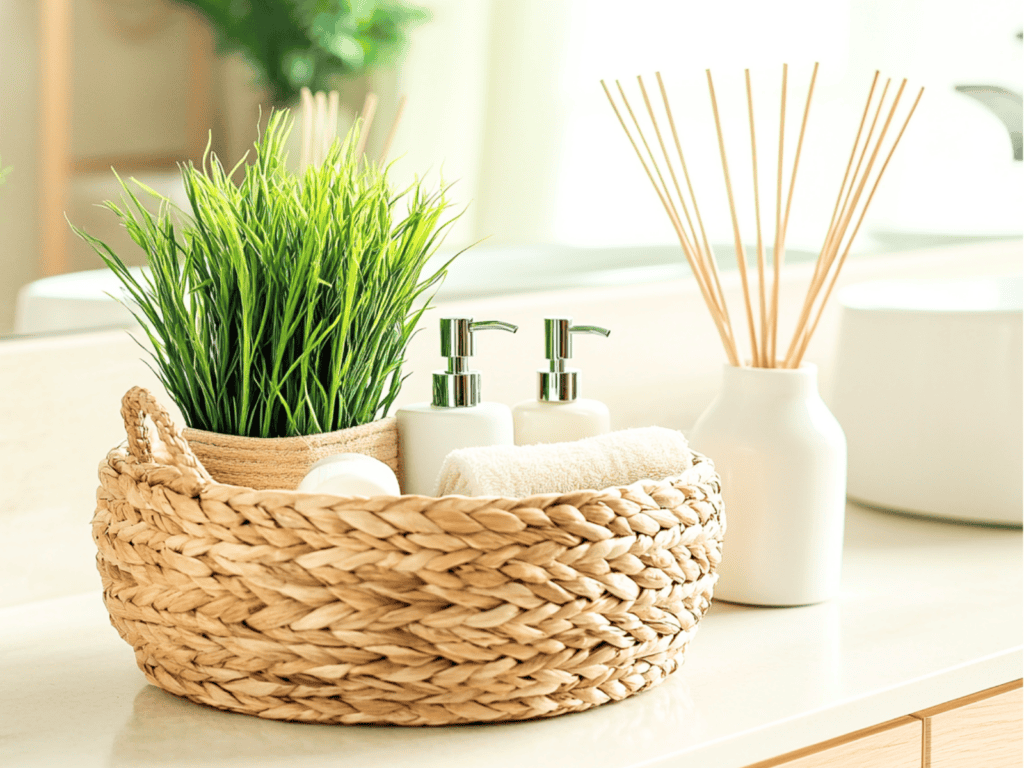
1. How long does the 100 Things to Declutter Challenge usually take?
The length of the challenge depends on your individual pace and the amount of clutter in your home. Some people complete the challenge in a day or a weekend, while others spread it over several weeks.
The key is to find a timeline that works for you and allows you to make steady progress without feeling overwhelmed.
2. What should I do if I’m having trouble letting go of certain items?
If you’re struggling to let go of certain items, try to identify the root of your attachment. Is it truly sentimental, or are you holding onto it out of guilt or fear?
Consider taking a photo of the item to preserve the memory or sharing it with someone who might appreciate it more. Remember, letting go of physical items doesn’t mean letting go of the memories associated with them.
3. Can I sell some of the items I declutter?
Absolutely! Selling items you no longer need can be a great way to recoup some of the cost and ensure that your items go to someone who will use and appreciate them.
Consider hosting a garage sale, listing items on online marketplaces, or using local buy/sell/trade groups to find new homes for your decluttered items.
4. How can I stay motivated throughout the challenge?
Staying motivated can be tough, especially if you have a lot of clutter to tackle. Try setting small, achievable goals for each decluttering session and rewarding yourself when you meet them.
Enlist the support of a friend or family member to keep you accountable, or join an online decluttering group for encouragement and inspiration. Remember to focus on the benefits of a clutter-free home and celebrate your progress along the way.

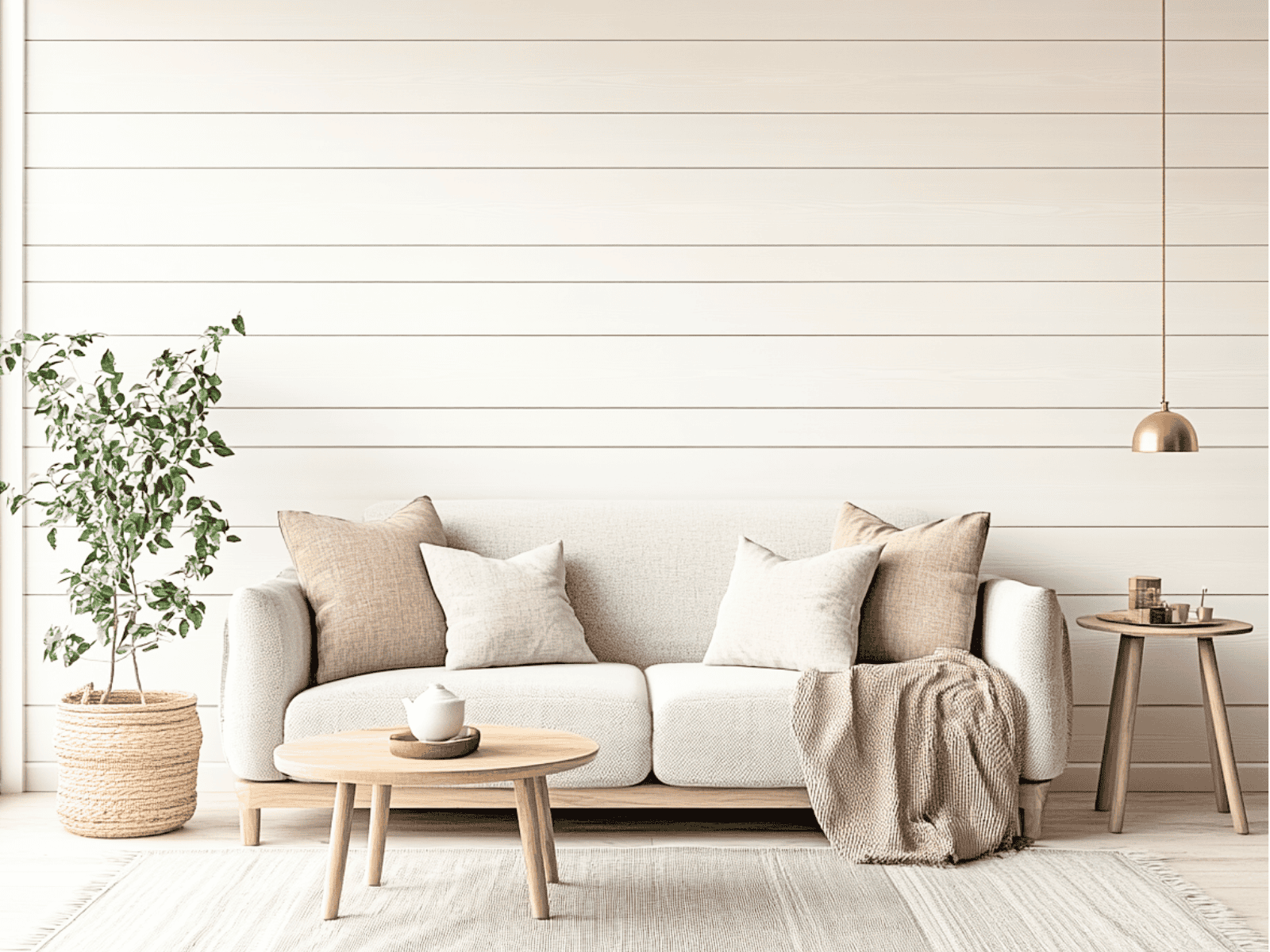


I really like how you have broken it down for every room and area. I need to organize and clear out my computer. It is unbelievable how much I hoard files and pictures. Thank you for an awesome post!